Compassion’s Program Field Manual describes cognitive development as being that in which an individual perceives, thinks and gains understanding of his or her surroundings. It is the ability of an individual to acquire knowledge and to enhance skills through formal and informal learning.
Due to the fact that formal education is given in school, the Kotebe Mesrete Kirsitos Child Development Center focuses on non-formal education. It is strongly believed by those working at Compassion and at the center that non-formal cognitive development plays a crucial role in creating economic self-sufficiency. It is a way to bring out each child’s unique abilities and talents, and to help each develop those skills.
The teaching and learning process in our curriculum, regarding cognitive development, is implemented through three staff members hired to teach the kids. The teachers, two males and one female, are qualified graduates from various colleges in the country. The church provides the classrooms.
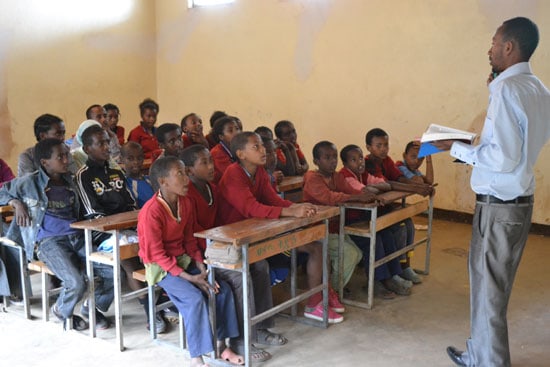
The classes are divided into age groups: ages 3 to 5, 6 to 8, 9 to 11 and 12 and older. The cognitive development classes are given every week for 45 minutes.
These classes are designed to be completed within three years for all age groups. Children ages 3 to 5 are taught a total of 88 lessons. The lessons include such titles as My Village/City, Local Animals, Local Birds, Local Insects, Parts of Plants, and Water Uses.
Children ages 6 to 8 are given 90 lessons. They include Create a Family Album, Retelling Stories, Air Pollution, Water Sources and Contamination, Protecting Land, Shopping Wisely, and Types of Businesses.
Children ages 9 to 11 are expected to complete 92 lessons. The lessons include Decision Making, Time Management, Learning How to Do Research, Create a Business Plan, Saving and Spending Money Wisely, and Gardening.
Children who are 12 and older are taught lessons such as Sexuality, Sexual Purity, HIV/AIDS, Sexually Transmitted Diseases, and Essence Work.
Similar methodologies are utilized in each age group by the teachers. However, there are occasions when the methodologies differ based on the different topics.
Lesson plans for each class are prepared by the teachers. At the beginning of every class, students brainstorm about what they learned in the previous class, and the teachers ponder major questions. This enables them to refresh their minds and remember important points.
The teachers then highlight the new topic to be discussed. The teaching and learning process is not teacher-centered, but student-centered. The teachers don’t simply give lectures on topics. They encourage students to express their views and know-how on different issues.
Thus, active student involvement and interaction is witnessed in the sessions. Teaching aids related to specific lessons include items such as charts, maps, soils, flowers, dried insects, stones and leaves.
Group discussions and presentations by students are fostered, in an effort to increase the children’s confidence in public speaking.
The children are also allowed to ask questions about areas where they need clarification. And at the end of every month, the children are examined with tests. The results are expected to reveal their status of understanding. It is common to see almost all of them pass their tests.
In regard to cognitive development, Lidia, an 11-year-old student, believes she has benefited a lot from the classes she attended.
The lessons that we learn here at the project are different from what we learn at school . . . Above all, I have come to realize the unique talents and skills that I have in me. My teacher has told that I am really good at writing and drawing. I love to draw and write, but I never thought I had the skills, until being told by my teacher. I aspire to become a an artist or a writer in the future.
Melaku, 5 years old, also likes the cognitive development classes.
I like and enjoy what we learn here. Our teachers are great and wonderful. I am happy when Saturday approaches. I can now create a color by mixing other colors. I also know which birds and animals are only found in Ethiopia.
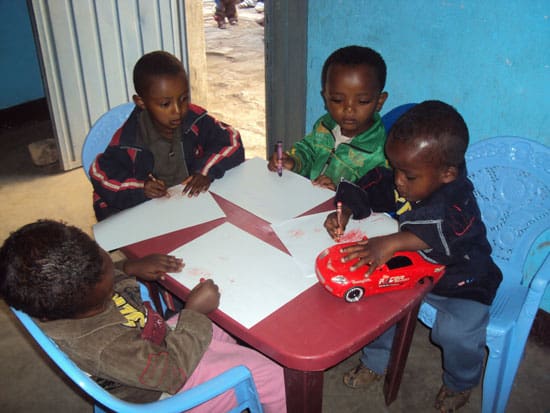
Mr. Kejela Dula has worked at Kotebe Meserete Kiristos for 16 years as the center director. When the curriculum was introduced to implementing church partners, Mr. Kejella thought it would be difficult to implement with the other activities that prevailed within the church.
The curriculum required additional time, space and resources, and he questioned the implementation.
When I looked at the contents of the curriculum, I was totally astonished. It was something that was capable of rendering children additional knowledge in different dimensions of life. So, we started to work on the modalities of the practicality of the curriculum. The church gave us ample rooms to use, and we prepared a schedule that was comprehensive in its nature, and recruited qualified staff to implement the expected output for the children.
I am now extremely delighted to see cognitive outputs of the children. Almost all the children are performing well in their formal education. Most of them have started to set life goals that they want to achieve in the near future. Besides, children were also able to identify their unique talents. It is really amazing to see kids being so resourceful in many aspects.
Yitagesu Desisa is a teacher and also coordinator of the four developmental domains (physical, socio-emotional, cognitive and spiritual) given at the center.
We give our children practical lessons. Unlike their school curriculum, which is based on grade levels, the children’s development curriculum here is prepared in a way that is based on a child’s age.
It is my day-to-day opportunity to see a huge change in the kids caused by the cognitive development. It has enabled the kids to show fast learning development, sharpened their minds, increased their social interactions, and enlarged their ways of thinking. It has also enabled them to express themselves to reveal what is inside of them.
Implementation of the cognitive development domain is changing the lives of children. It helps them succeed in primary education, cultivates unique vocational intelligence, and paves the way for income-generating skills. The futures of little ones become brighter as they strive to climb the ladder of life and break the yoke of poverty.

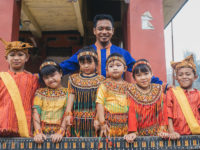
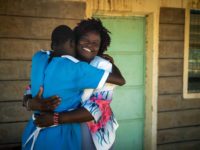
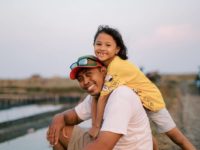
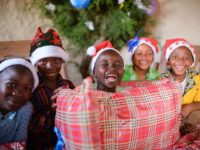


5 Comments |Add a comment
This sounds like a wonderful program. My husband and I are missionaries in Zambia, operating two children’s homes. Is there any chance of receiving this curriculum via email? Would love to use it with our kids here! Thanks.
Me, too! What an informative post. Is this curriculum specific to Ethiopia or are there variations of the same lessons elsewhere? Knowing this might help sponsors in choosing items to include with their letters that may help support what the children are learning. Thanks for the great post!!
Hi Stephanie! Compassion has developed one curriculum in English for all of our field offices to use. Each country is then able to translate and make changes to the curriculum if necessary to make it relevant to their specific culture. So in answer to your question, yes, variations of this same curriculum is used in all of our countries.
Thanks, Susan 🙂
I really enjoy posts like this! Thanks for sharing what you are teaching the kids. I love the topics covered!!